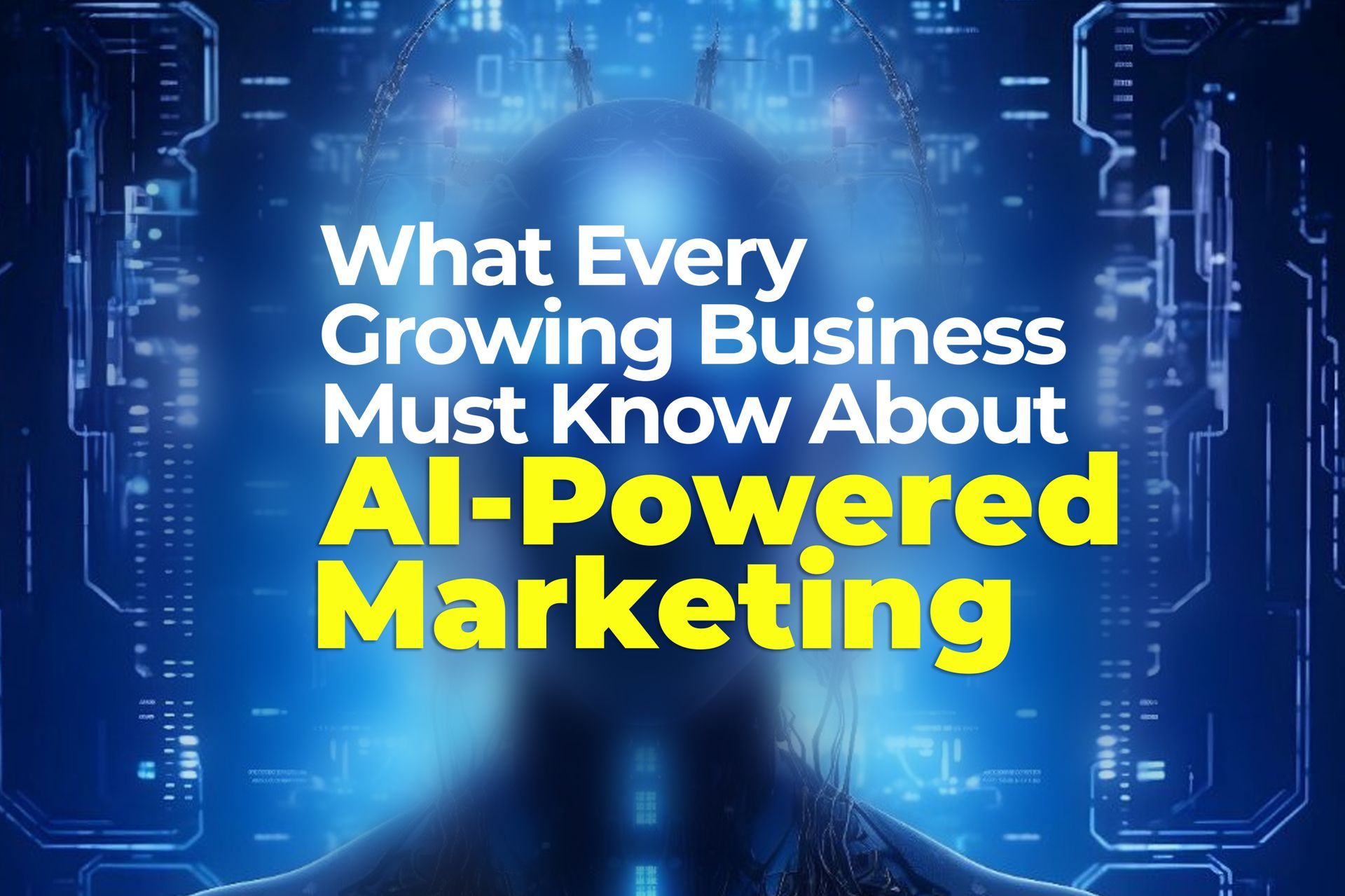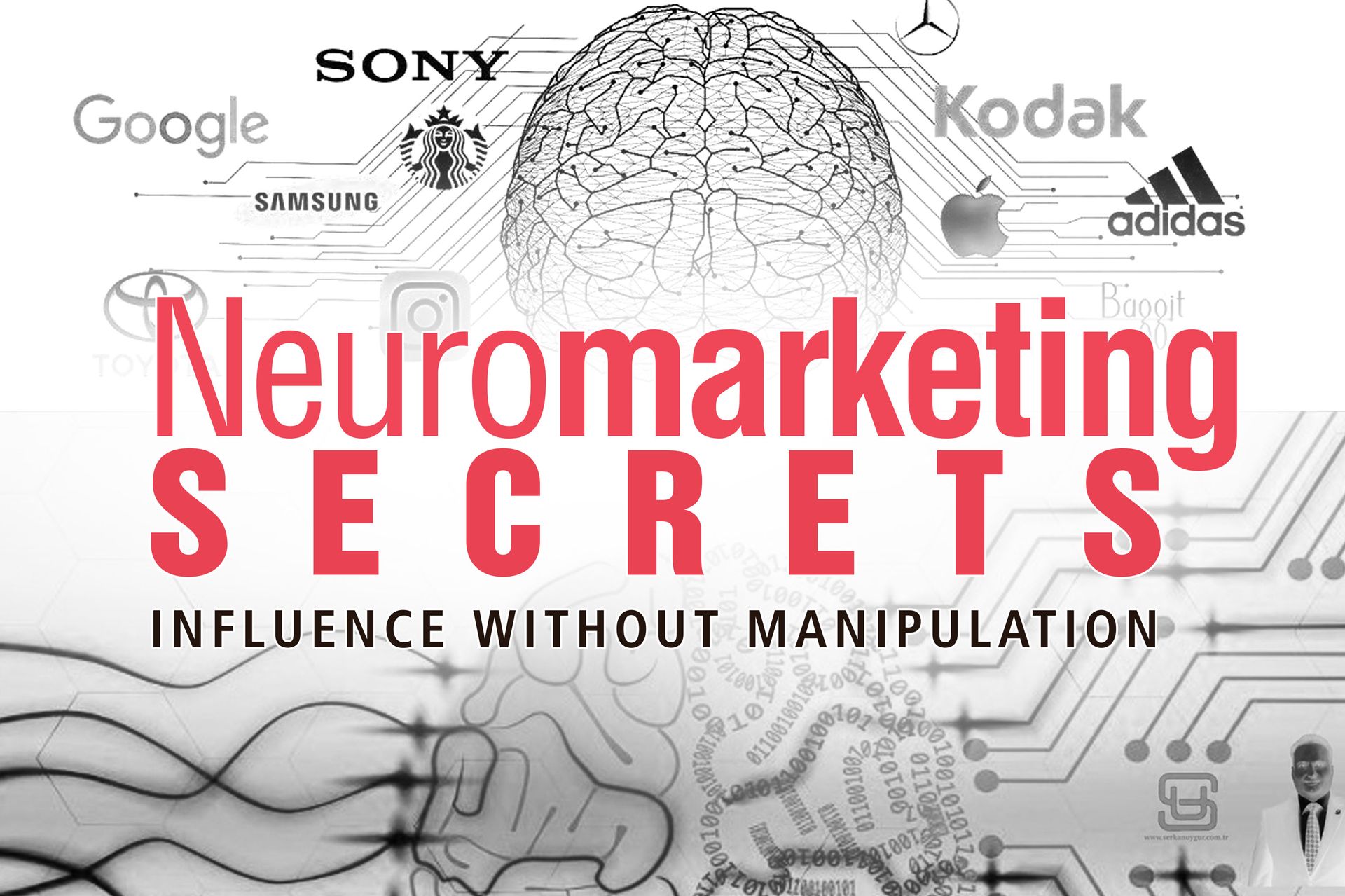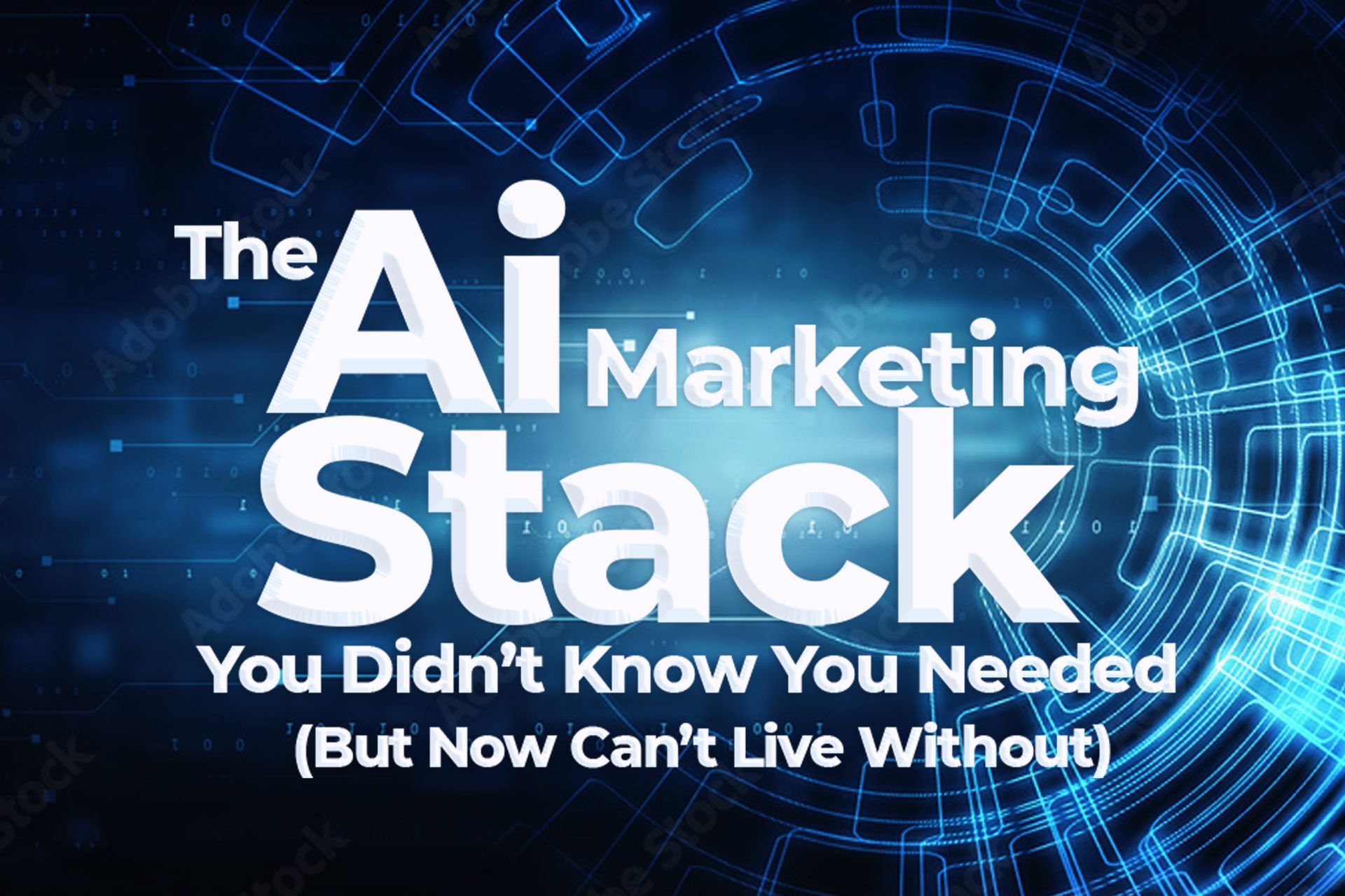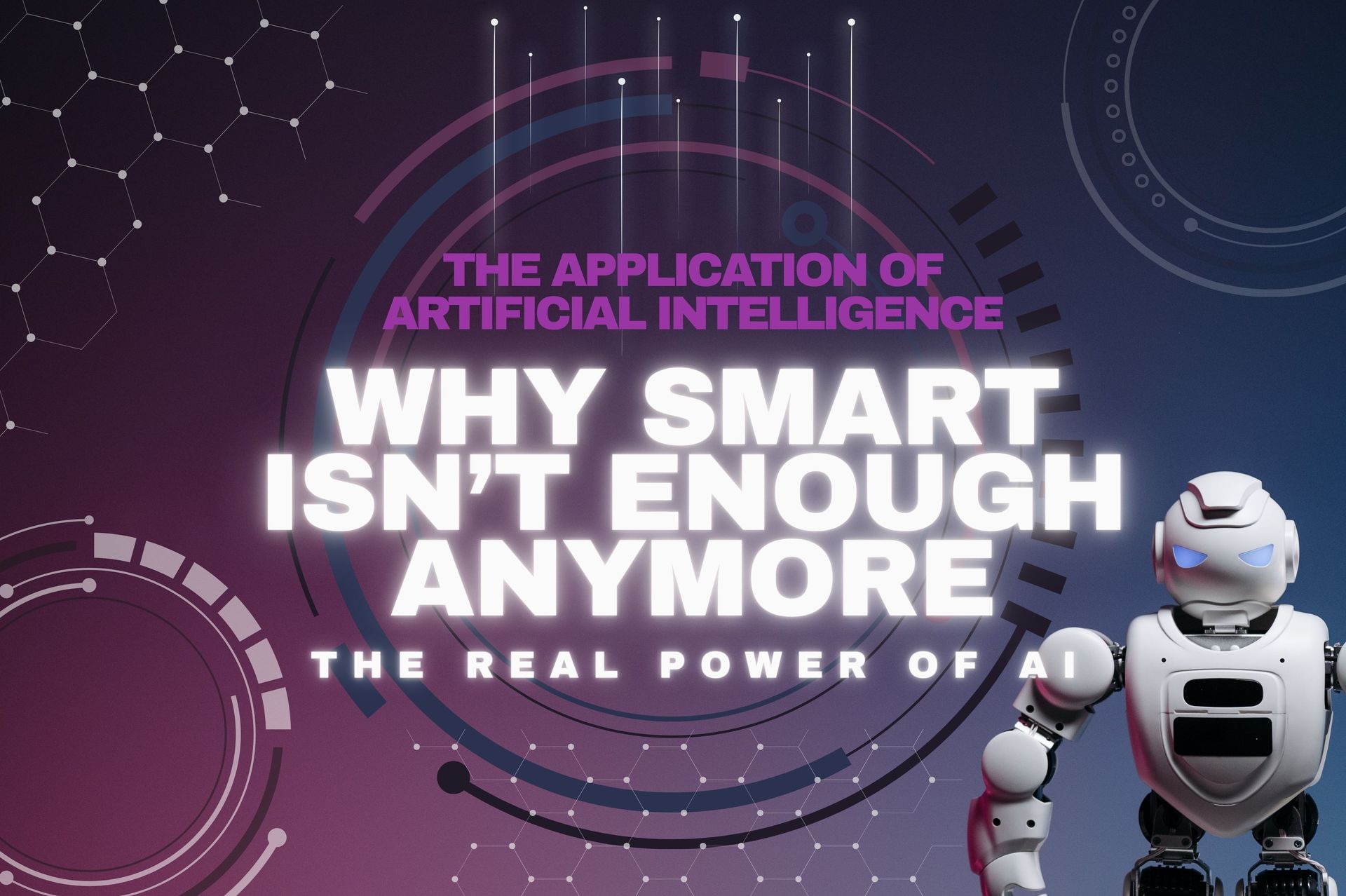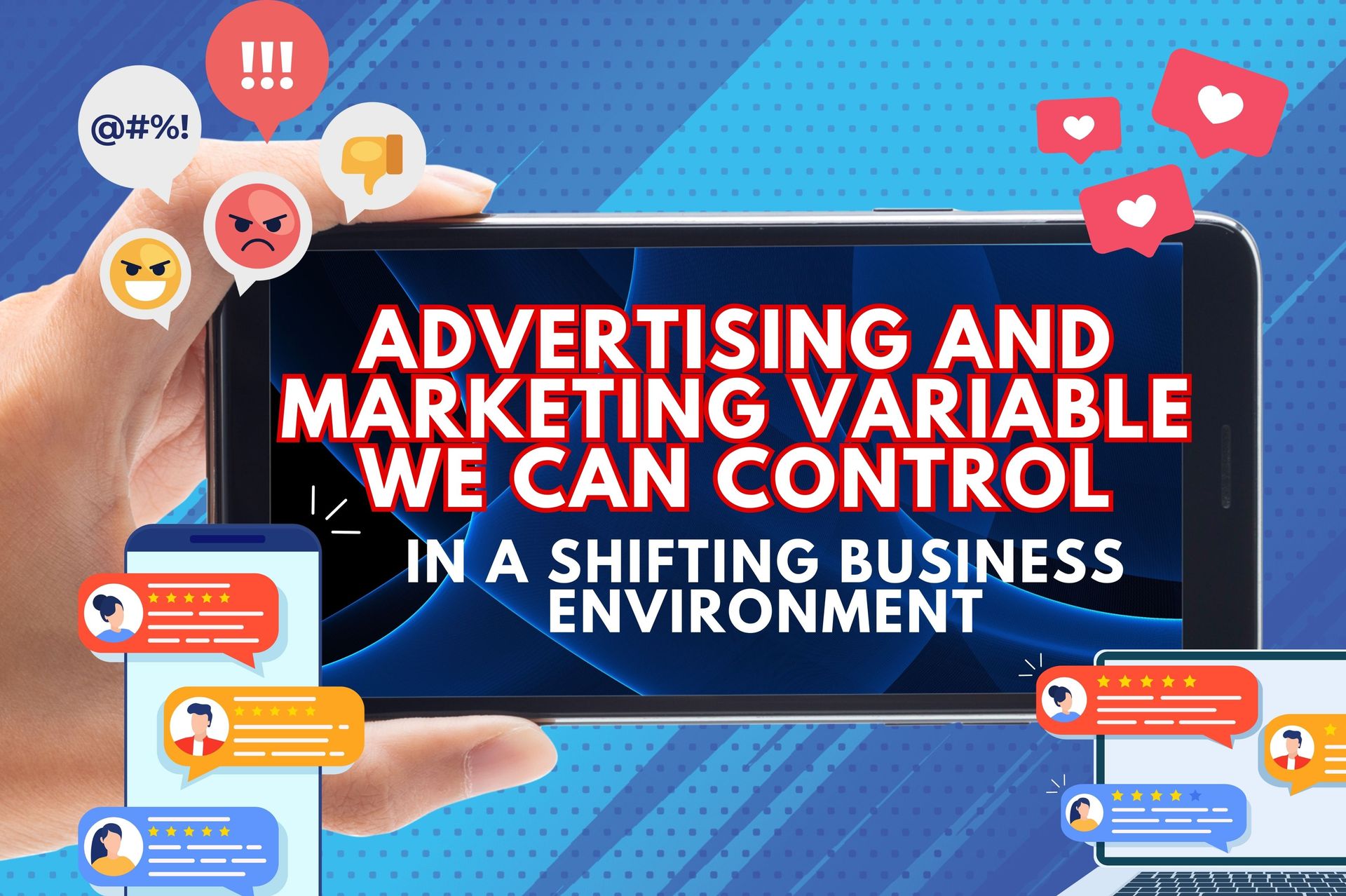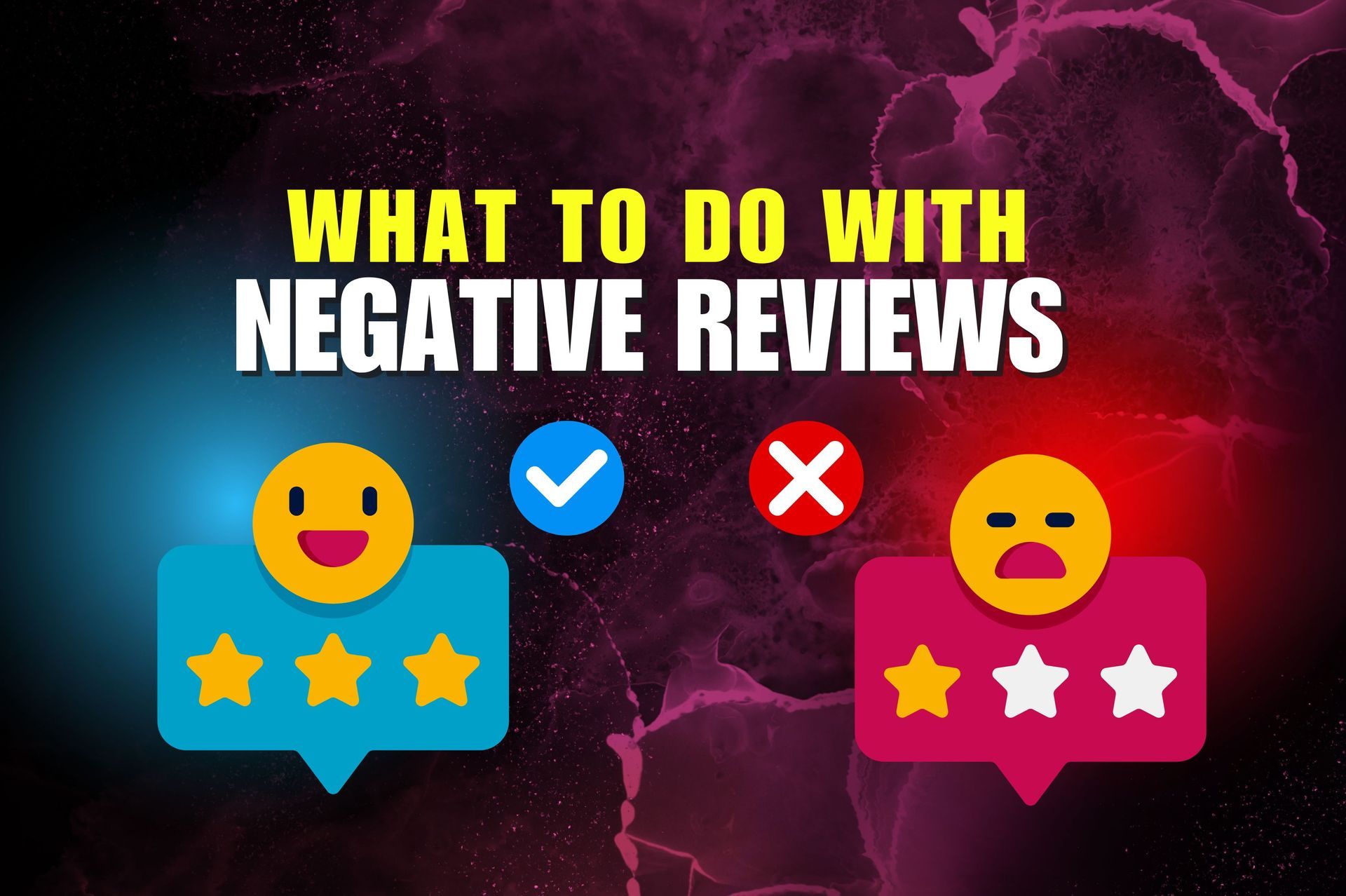Ad Hacking - How Amazon Prime Shows Value for Money
Welcome back to Quick and Dirty Guys. We're going to do another ad today. This is one you have all seen, so we're going to dive into it and see how we can make it work for our businesses, or at least how the elements can work for us on this one. Go ahead and stick with me. Let's do the little pre-roll thing and I'll be right back.
Okay guys, welcome back. We're going to unpack one that we've all seen a million zillion bazillion times and dig in and figure out what's going on and why it's working so well. Okay, so here we go. Oh, we've all seen this one. That's awesome. So this is the back of Amazon Truck. I think every person that's watching this video, specifically if you're in the United States or wherever Amazon is, I think you've probably seen this, right? So let's just start here with what this is all about to me. Now, clearly Amazon's got some really great advertisers, great copywriters. They definitely know what they're doing, all packed house full of smart people there. So let's see how I do with this one. All right, there's more to prime, a truckload more, okay, so the whole premise of Prime is that there's a gigantic amount of value in subscribing to it.
That's the premise, okay? And let me frame that with one of the understandings that we have to have as marketers, and this is really important to understand, and the concept is when do people spend money? And here's when it's actually pretty simple. People will only part with the money in their pocket when what they're going to get from the money they perceive as more valuable. So this explains why some people just spend all their money because they don't value the money very much. So everything else around them looks like it's worth more, so they just buy everything that actually explains that kind of sickness, if you will. But for normal folks, it's also important for us to understand as marketers because we have to make sure that whatever we're selling, marketing, that we amplify the value to the point that the price seems like a deal. The other way that that's been said, and you may have heard this one, is that price is only an issue in the absence of value. So that's the flip. If people are telling you your stuff is too expensive and you cannot price it lower because it doesn't work out mathematically for you on your financials, then the answer is not that the customer is a jerk. The answer is that you are not showing the true value of the product in the way that is understandable or that is being received
By the customer to the point that they see your product as more valuable than the money and they make the transaction with you. So it applies to every single thing. Food's worth nothing to us when we're not hungry. So we don't buy it. It's not worth parting with money for food when we're not hungry. We go to the grocery store because we anticipate being hungry. We, we've been living in our bodies and we just know that's going to happen. So we go to the grocery store and we will part ways with money there to protect ourselves from hunger. It's uncomfortable,
But as we go throughout our day, we don't spend money on food all day and then just sometimes we're hungry and it works out. We only spend money when it's worth parting ways with the money to sate the hunger or discomfort that we're feeling. So that's a really great one to study, just hunger and food because it has a physical discomfort element to it. But that same comfort shows up everywhere else in our life. If you have dry eyes that's uncomfortable, so you want some eyedrops, you're going to $10 in eyedrops, $10 is not worth as much as having comfortable eyes. So you'll make that transaction. So we can go a hundred miles or we can go around that one on everything, but I just want you to understand that because that's what Prime is all about. The idea is that prime, whatever it is, 120 bucks a year or something is that it is like thousands of dollars in value. So you're foolish not to buy it, right? And this tagline that they have for it, there's more to prime, a truckload more. There's a lot going on with this, so we're going to go take it step by step. The first part is exactly everything I just explained, which is that one of their marketing and messaging objectives with Prime is to build this sense of incredible overwhelming value so that the price is not an issue, which I just explained.
The other thing that's going on here is there's a significant amount of intrigue embedded in this statement because there's actually a question that comes out of this, and you can formulate intrigue based messaging, subject lines, headers, marketing pieces like this, anything on your business card, you can know that you're creating intrigue. When the messaging leaves you with a question in your mind, and this leaves us in a question, they make a claim. There's more to prime.
What more? That's the natural question to that. You're stating this claim. Yes. So what's more Now they know, and we all know it's pretty easy to find out. We all know how to go to Amazon and look, you do get all this stuff with Prime. You get videos and you get music, you get shipping, and you get special prices, and you get special deals, and you get this and you get that and you get whatever. All this stuff is they got now, it's like this whole list and probably a bunch of lists of stuff that like half of it they would just give you anyways, like customer service, okay, great. They just keep packing the list because they want this incredible long list that builds this big value story. So there's intrigue in this statement, which is very powerful. I love intrigue marketing. Obviously we know email subject lines are probably the best example of where we want to get good at intrigue, but you could use it everywhere to get people to move to a deeper engagement with your brand. Give 'em a little intrigue pull, little intrigue pull, right? So Amazon is doing this right here. They're pulling on us a little bit by saying there's a lot more to Prime, and we're going, did I miss something? Maybe there is more that I didn't know about. Even I'm a prime subscriber. You maybe do. We're looking at this going, are we even getting all the shit that we're paying for? Maybe we should look right.
And then this little last piece, a truckload more is obviously a play. This is where, and guys, I got to tell you, I'm not a big fan of cutesy marketing. I think it's generally a fail when I see it, and I usually swat it down real quick. I don't think it plays out very well. This one, I would categorically call it cutesy marketing because they're obviously playing around with the fact that this on the back of a truck and they say a truckload more. Again, there are some cases in all marketing where things are forgivable. I would say this is one of those places, and here's why. I'm going to give you reasons. I'm not just going to say it's okay. The reasons are, I think it's when you have a big national brand like that that has a propensity to get a little stuffy and stale and stiff, it's really hard for big national brands with all of the getting canceled and all this other shit that's going on in the world that a brand can still stay playful and have fun with its customer base.
It is difficult for big brands to do that, right? They get so tight, so many board members, so many shareholders, so many, many people at the table, so many stakeholders, that the thing just tightens up so tight that the whole goddamn thing just gets boring. So Amazon, this is a little sliver of them still showing a pulse of humor and some fun and that they can play with the truck as kind of the backbone to this little quippy statement. So I think it's forgivable for big brands like that. I think if you're a small business that you really got to be careful with not being too, you just look like a little goof.
You get big and your risk is getting too stuffy. You're small and your risk is being too just goofy and insignificant. So as you move on your process with the growth of your business, you have to acknowledge and understand where you're standing in all of that, and make sure you don't get too far on the edges and kind of try to be mostly in the middle, which is you can still have fun, but you still need to say what you need to say and not turn into a goofball here. They're doing a really good job with this. I think it's funny enough for them as like I say, a big national brand to get away with a little bit of this tongue in cheek stuff here, but the backbone of the psychology of that statement is while it's a play on words and all the things that I just explained, it also reinforces the basic premise of what we discussed at the beginning of the video.
That the value of prime is so big that you should not even think twice about paying 120 something dollars a year for it because it's like, it's just crazy. You give us one 20, we're going to give you 500. Everybody would do that all day. That's what they're basically purporting. They're purporting that there's so much more value, literally a truckload more value. And what's great about that is right in front of this, when we read this ad, there's a physical representation at this big damn truck. So it's like a double whammy. The psychology is there, tons of value. The visual aid is there, the big truck, they're kind of tethering the visual aid of how big the truck is to the idea that Prime has this big amount of value that's the size of a truck. So there's a lot going on in there. Now, I want you guys to just stop for a second.
Think of everything I just said on this video. Go back and even replay it and think about all of what Amazon has been able to achieve right here on the top back of a truck, and 1, 2, 3, 4 words at the top, plus three more at the bottom, seven words only, and look at what they've done with this brand. And this is an offer. Prime is an offer. This is offer management. That's what this is. It's partly brand management, but Prime is the offer. Subscribe and get a truckload more. So that is an offer without saying, go sign up. We all know it's an offer. They have the benefit of being so big that when they say Prime, we know that that's a subscription. We know that that's an offer. We know that there's value, but they're doing their job to reinforce how much it is right here.
I want you guys to just let that sink in because they're achieving so much with just this little bit right here. This clearly is the pinnacle, the top of the food chain for copywriting and tactical marketing. Really good people, like I say at the table, organizing this stuff. You can learn a lot here like we did today. So don't let this stuff breeze by you on the freeway. Pay attention to what's around you, leverage it for your business. Come back on this channel and learn more. Smash the like button. If you think I missed anything, or you think Amazon's doing something different here that I didn't call out or I'm crazy, put it in the comments and we'll go around and around and figure it all out. Thanks for sticking with me. We'll see you on the next one.

